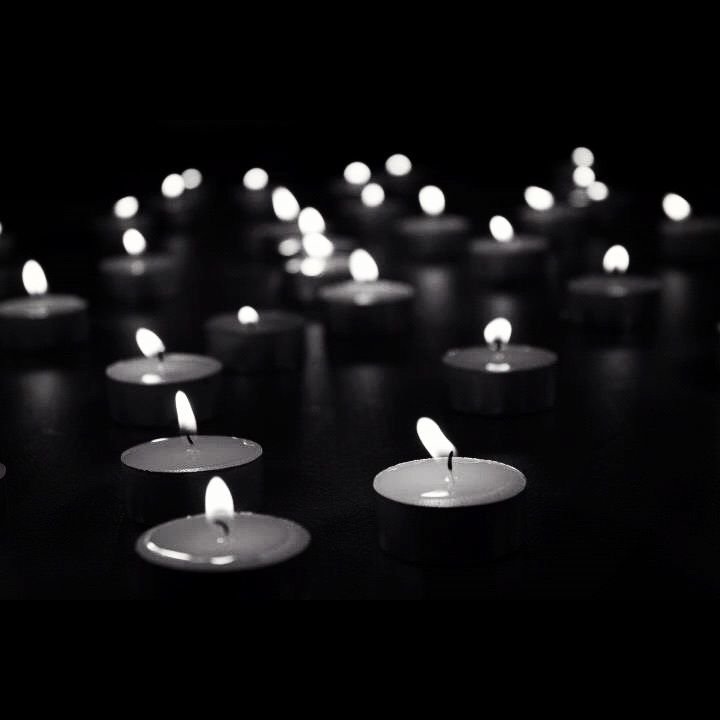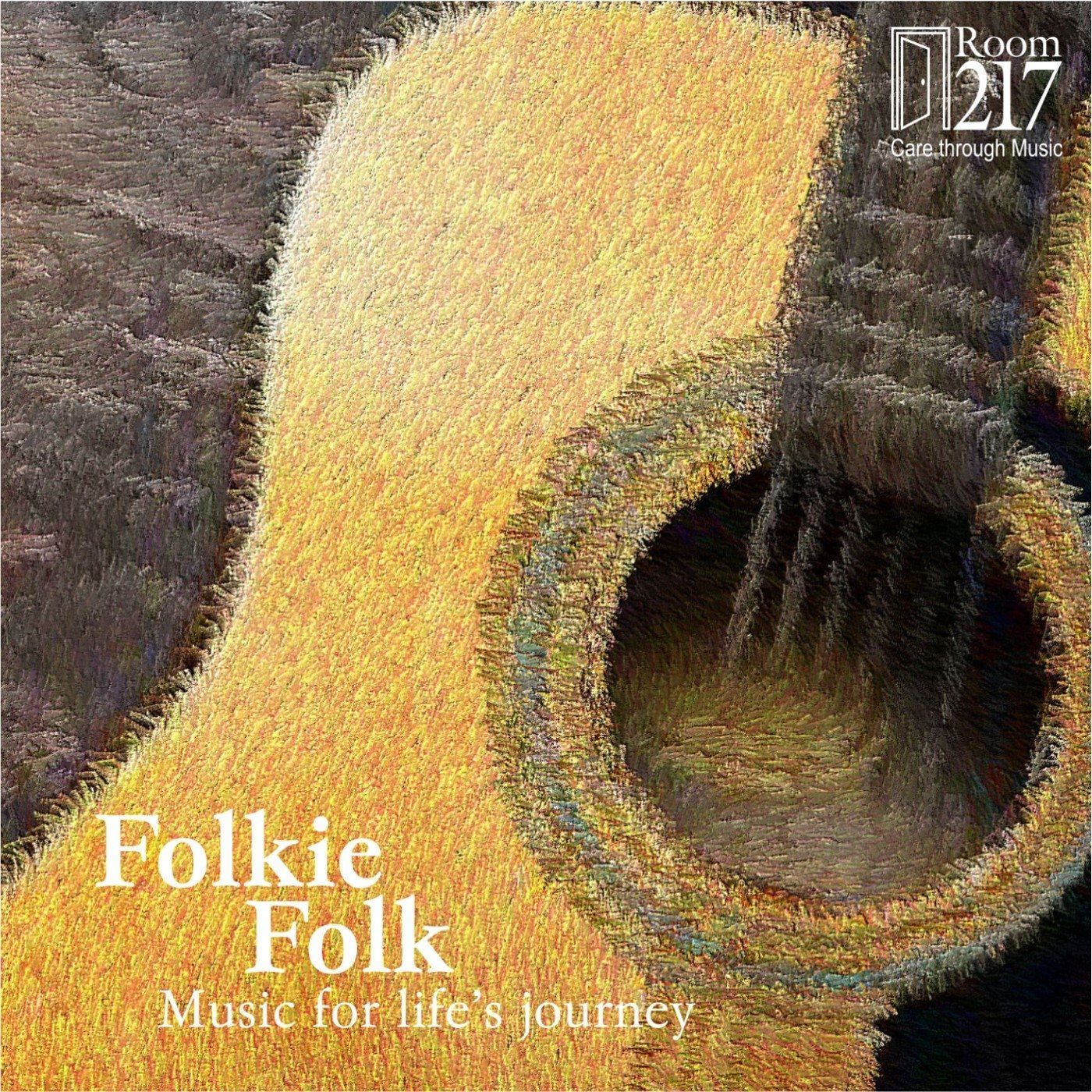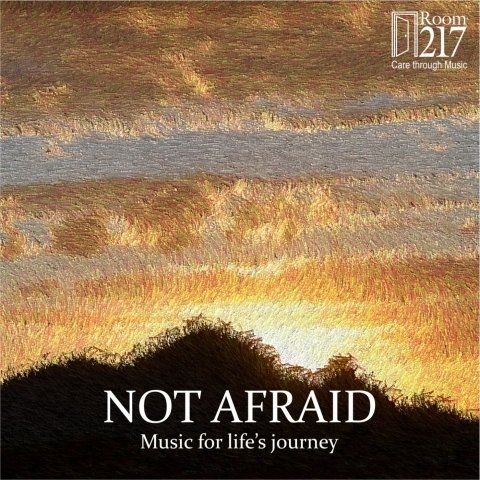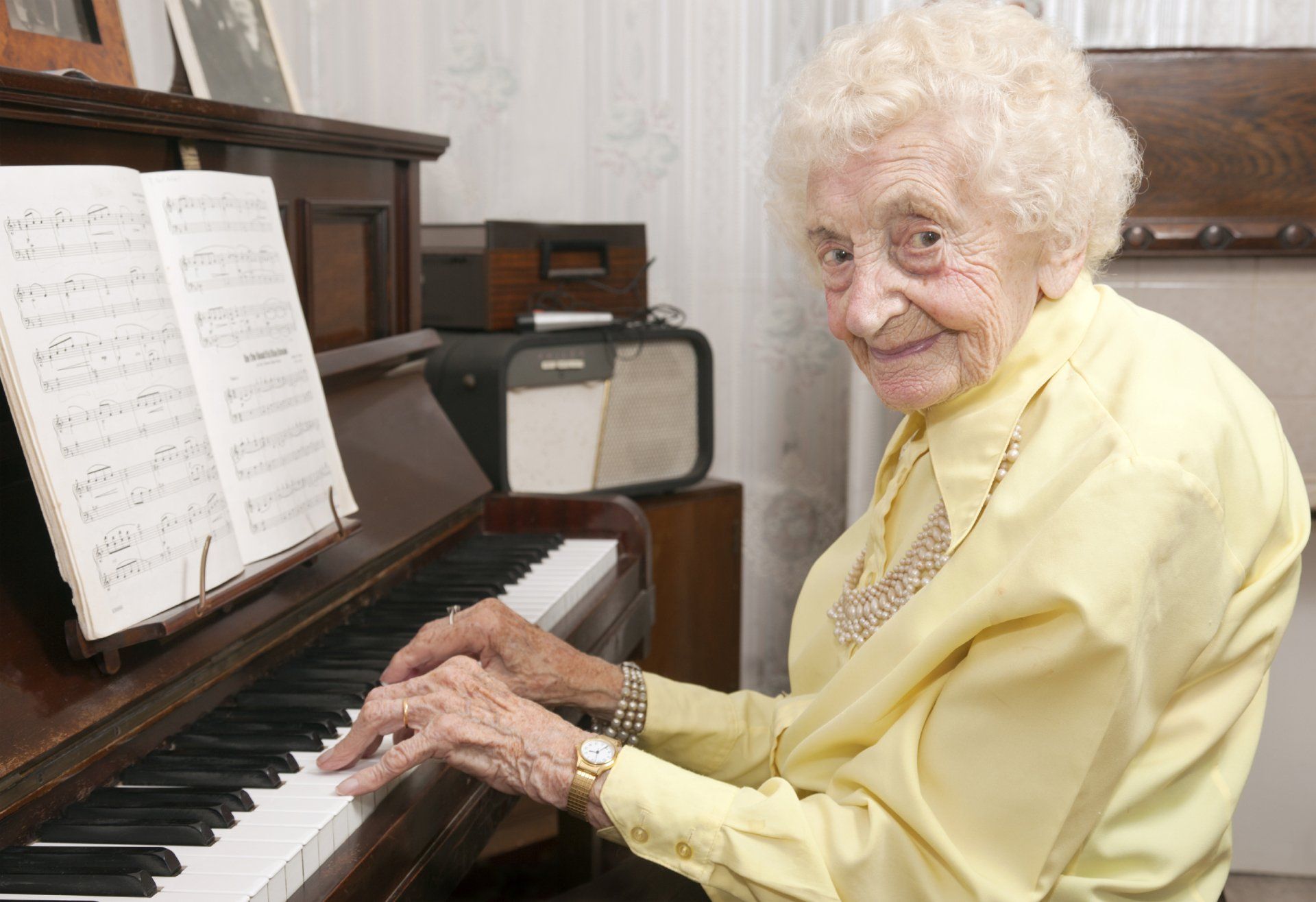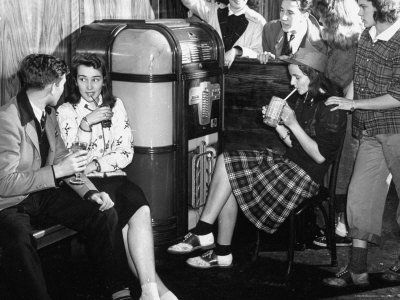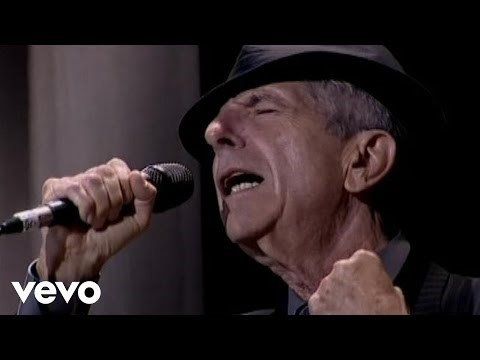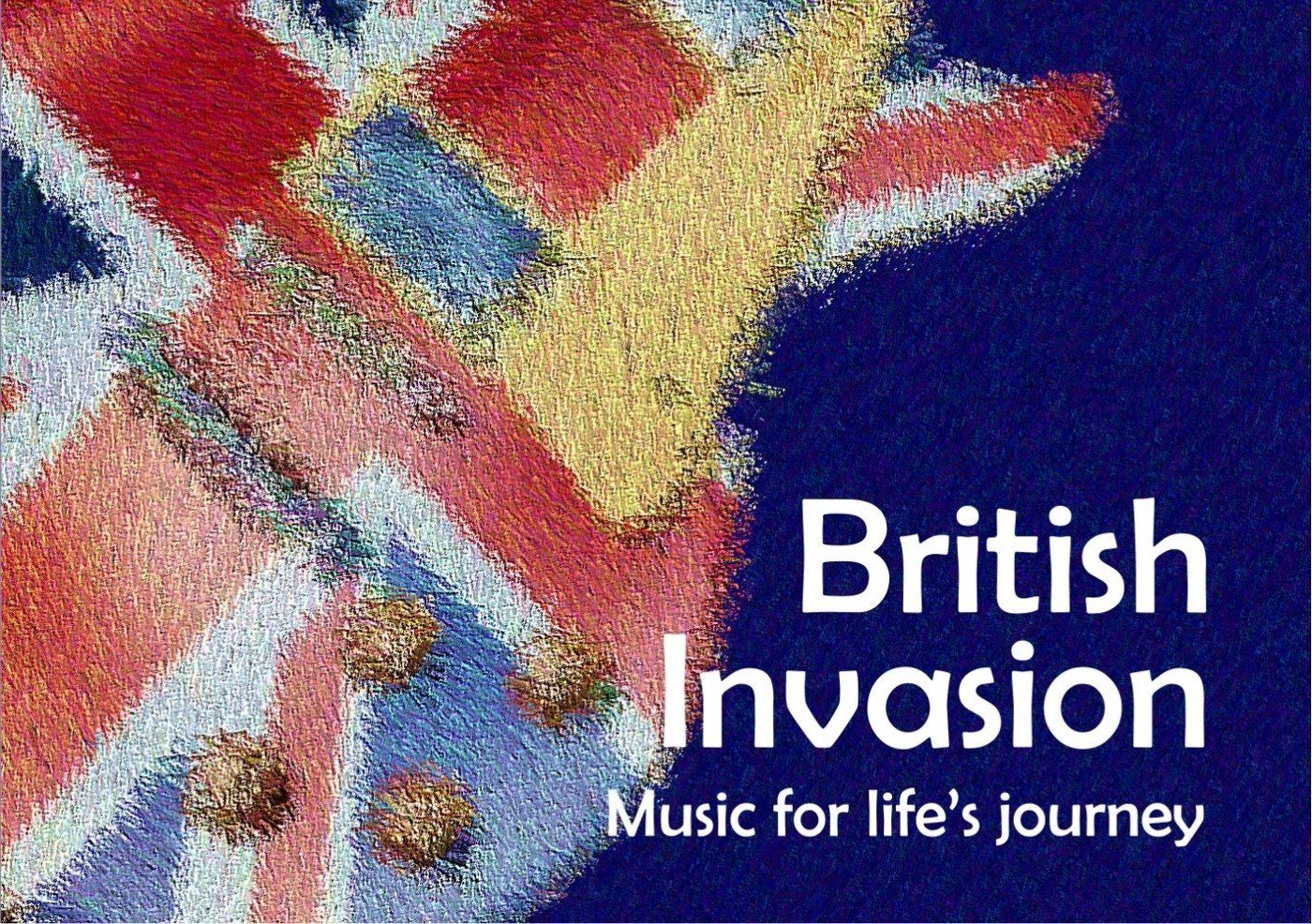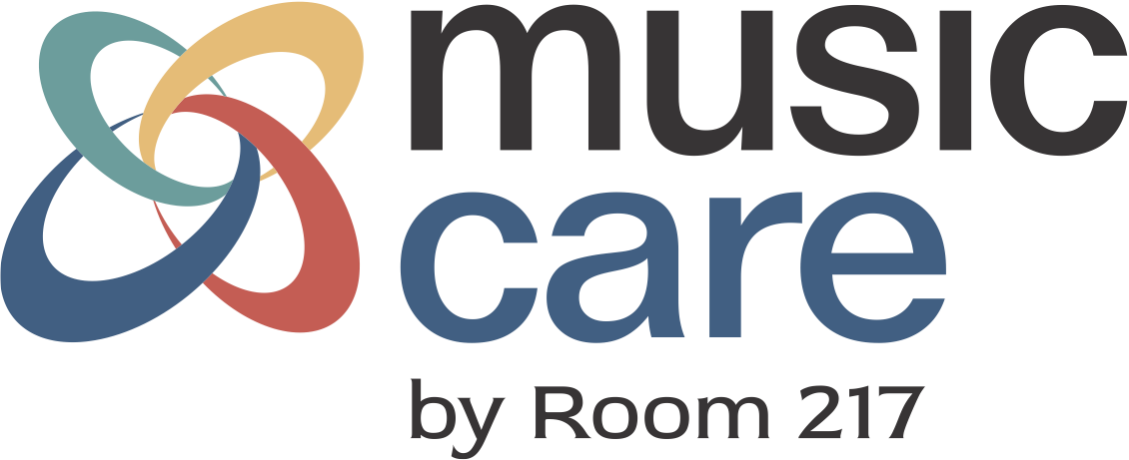Dr. Lee Bartel’s background in research and music benefits Room 217 board
This is our third installment of Meet the Board Members of Room 217. This one features Dr. Lee Bartel.
Dr. Lee Bartel calls his relationship with music “an obsession”. It’s one that has touched many part of his life – it filled his childhood as he learned to play multiple folk instruments in his Mennonite family, it was the focus of several degrees, including a PhD in music education, it was what he taught as a high school teacher and college and university professor, and what he has researched as it relates to health outcomes. It is also what led him to know Room 217 and the work of the Foundation.
He has been a supporter of music therapy since the 1970s, and publically advocated for a “music therapy approach” to music education and to church music; he feels music should be focussed on the needs in the lives of students and parishioners. Lee says, “’music as art’ only has a place to the extent that it meets the aesthetic needs of people. And, that there are more needs than the aesthetic need – there are needs of relationship, of communication, of identity, of a sense of history, of memory and association. With this conviction comes the belief that music as a means to meeting needs of people is then not restricted only to certified music therapists but that anyone can engage in aspects of meeting people’s needs with music.”
As he learned more about Room 217, he realized the Foundation’s concept of music care mirrored his own beliefs about what music can be to people, especially in aging. “As I shifted my focus from only music education and church music to music medicine I saw even more reason to employ specific music for the psychological and physiological needs of people. So as I developed my relationship with Room 217, I saw opportunities to be involved to encourage and support the development of music care in the broadest sense.”
Lee also sees his relationship with music as being something that provides him with a personal challenge of achievement. He didn’t take his first music lesson until he was in Grade 12, and was able to complete a Bachelor of Music as a violinist. He then worked on being a singer. Lee says he was on a mission to improve music education and church music through innovation, advocacy, teaching, writing and practical demonstration. “Most recently, it has been the scientific intersections of music and health, and a drive to promote and establish new ways to allow music to affect people’s well-being.”
His contribution to the Foundation has been invaluable because of his expertise as a researcher and research methodology theorist, as well as a decade working in publicity and promotion for a college, including a year as development director.
The body of his research and work is vast. Lee says, “In 1985 I began research on music response which led in the ‘90s to research on rehabilitation of attention in head-injured adolescents and in the past 20 years to music medicine research focused on cochlear implant recipients, pain conditions, neurodegenerative conditions, depression, and currently also including musculoskeletal conditions.” He also began designing and creating music in 1997 to employ brain wave entrainment to accomplish health goals related to sleep, stress, anxiety, focus etc. “In the next 20 years I created some 25 recordings through Solitudes and Somerset. In addition, between 2001 and 2011 I worked with Dr. Linda Cameron to conceptualize, design, facilitate, endorse, and write parental use suggestions for 65 children’s music recordings under the Fisher Price label. I continue designing and creating music medicine sound for Headwaters International.”
One of the goals he has for the time he will be on the board is to see music care become a recognized and accepted field of practice in the world, with Room 217 “providing leadership in the pragmatic implementation into long-term care and beyond into health care by means of Music Care Certified at an international level.”
Away from work, Lee is “happily and enthusiastically married to the outstanding and highly regarded educational leader and child advocate, Dr. Linda Cameron, who is my muse, motivating supporter, and opportunity maker.” The couple has five children and five grandchildren under 8 “who provide so many delightful opportunities to drive them around on my tractor at the farm, show them how to bake bread, make bike ramps, or decorate the tiny house to play, etc. I am a conceptual gardener creating ridiculously impractical things.” Lee lives in Florida from December to April and enjoys boating on the inter-coastal waterway, and participating in his primary hobby of cooking.
Dr. Lee Bartel is Professor Emeritus, Faculty of Music, University of Toronto, cross-appointed to Rehabilitation Sciences Institute 2014- , cross-appointed to Institute for Life Course and Aging, 2013- , Vice-Chair of the board of Room 217 Foundation, Chair of the research and program committee, Room 217 Foundation, Chair of the Scientific Advisory Board, KKT International, past Associate Dean – Research, Faculty of Music, Founding Director of Music and Health Research Collaboratory.

